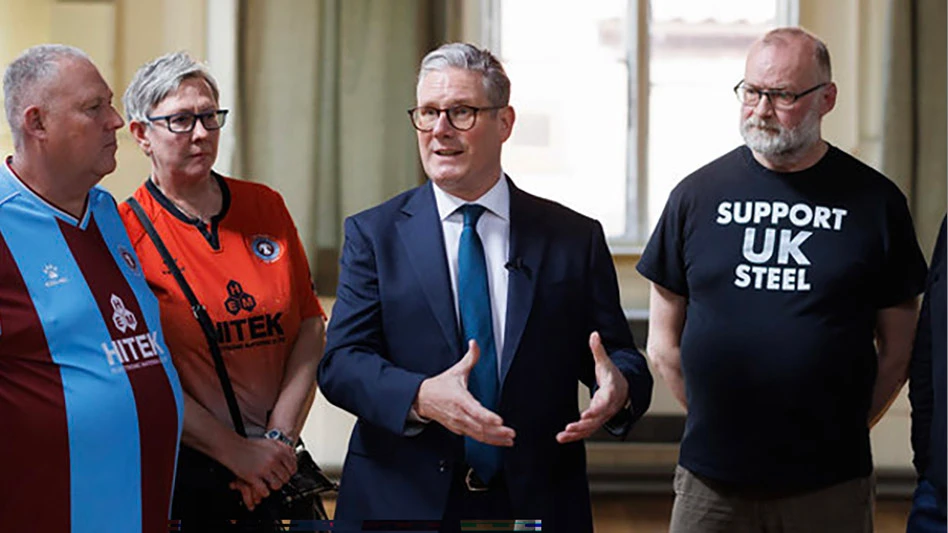
Photo provided by EW Polymer Group.
Miami-based EW Polymer Group says the Genesis Evolution Catalyst (GEC) scrap tires-to-rubber compound technology it is helping to market can help tire producing companies “recycle their own products in an open or closed loop system, meeting emerging regulatory demand on companies to be responsible for disposition of their own products.” The catalyst works with any crumb rubber, according to the firm.
The GEC technology has been developed over the course of more than a decade, in part by Howard Boever and Minnesota-based TC Rubber. Helena Nelson, chief financial officer of EW Polymer Group, says the two firms are working “as one team to bring the GEC technology to the market.”
Nelson says “the time has come for this technology. For many reasons—climate change, consumer change, political change—we believe the market is finally ready for this shift.”
In a three-page document written to support GEC technology, EW Polymer Group writes, “GEC can recycle any rubber (styrene-butadiene rubber [SBR], ethylene propylene diene monomer [EPDM], polybutadiene rubber [PBR], isoprene rubber [IR], butyl and natural rubber), and products made with GEC can be re-recycled at least 10 times, addressing the ‘kicking the can down the road’ issue.”
Adds the firm, “The GEC rubber compounding process is readily integrated into existing rubber compounding. GEC catalyst uses standard industry equipment, requires no new capital investment, and the cost is at par with or below virgin rubber. And unlike other rubber recycling processes, the recycled rubber does not need to be de-vulcanized since GEC uses a reactivation bonding mechanism.”
Regarding tire performance concerns, EW Polymer Group writes, “GEC recycled rubber performs like standard rubber compound because it is standard rubber compound. It has been tested extensively in the United States, Canada and the United Kingdom. The performance even exceeds virgin rubber for tire production.”
On the energy savings front, the catalyst’s advocates say the compound, when used in tire production, “cuts fossil fuel use for synthetic rubber production in half.” A compound made via the GEC method can replace up to 50 percent of virgin rubber with recycled rubber, “equaling a 50 percent reduction in virgin synthetic rubber production and a 50 percent reduction of fossil fuel use. Testing also shows promise that later generations GEC technology will increase the recycled content even further,” writes EW Polymer Group.
Concludes the Florida-based company, “The GEC catalyst is currently manufactured in Minnesota and available for use by rubber producers in the U.S. and global market.”
Latest from Recycling Today
- Acerinox names new North American Stainless CEO
- Greenwave closes 2024 books with red ink
- Steel Dynamics nets $217 million on record shipments
- Massive Chinese steelmaking rebound recorded in March
- LME looks into sustainable metal pricing
- OnePlanet Solar Recycling closes $7M seed financing round
- AMCS launches AMCS Platform Spring 2025 update
- Cyclic Materials to build rare earth recycling facility in Mesa, Arizona





